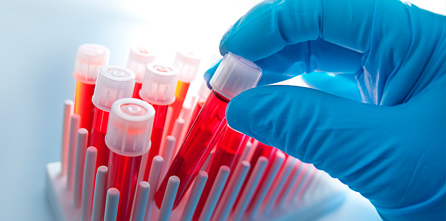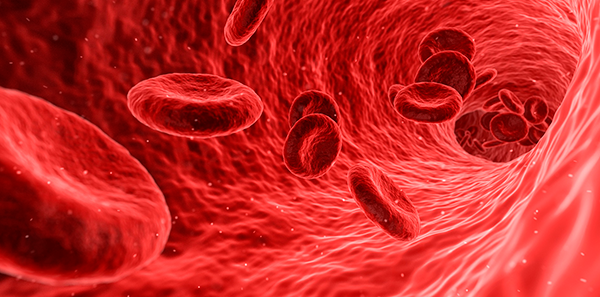
The word haemophilia comes from the Greek haima (blood) and philia (love) is a disorder that impairs the body’s ability to control blood clotting or coagulation, resulting in the typical haemorrhaging or excessive bleeding.
Early descriptions of this disorder date back to the 5th century B.C., in the Babylonian Talmud, which records observations of disproportionate bleeding in the males of some families during their circumcision. To prevent problems in these families the holy laws were changed to exempt their children from being circumcised. Over subsequent centuries, further records contain descriptions of the disorder and identify the mother as carrier.
However, it was not until the 19th century that the cause of the problem was traced to blood plasma and the link between its hereditary nature and male offspring was established. It was described as a condition “transmitted by women and predominately affecting males”, thereby laying the scientific foundation for studying the disorder. In the 20th century it was often known as “the Royal disease” as people began to notice that males in the British, Prussian, Spanish and Russian royal families were affected. In the last 50 years, spectacular advances made in medicine and genetics have enabled scientists to ascertain the exact cause of the disorder and to monitor and treat it effectively.
Haemophilia is a relatively rare condition. It is genetic, therefore hereditary and transmitted from parents to children; the cause is a defective X chromosome, which impairs the body’s ability to produce a particular protein (clotting factor) and prevents the blood from clotting sufficiently to stop bleeding when a blood vessel is broken. As the gene is recessive, only males with the defective X chromosome are affected by the disorder and women are only carriers. There is a remote possibility that, if the father is haemophiliac and the mother is a carrier, a woman could be affected.
There are two types of haemophilia, A and B. Haemophilia A is caused by a partial or complete absence of clotting factor VIII due to a defective F8 gene in the X chromosome. Haemophilia B is less common and is caused by a partial or complete absence of clotting factor IX due to a defective F9 gene in the X chromosome.
Depending on the degree of clotting factor deficiency, the disorder may be mild, moderate or severe. In severe cases it is not only manifested in bleeding from blows, accidents and surgical interventions like mild cases, but also in the presence of spontaneous bleeding from the nose, the gums, in urine and in joints (especially in the knees). After some years, excessive bleeding can cause joint damage, muscle loss and nervous disorders.
Laboratory tests show that blood from these patients has a longer period of activated Partial Thromboplastin Time (aPTT); measuring circulatory levels of Factors VIII and IX enables us to assess the degree of severity of the haemophilia. At the moment, developments in molecular biology mean that we can carry out a genetic study to detect variations in genes F8 and F9 of the X chromosome.
Sufferers are treated by administering the deficient factor intravenously (using plasma or recombinant) at the correct dose, depending on age and severity of the deficiency, in order to not only stop bleeding but also to prevent future complications caused by bleeding in joints and muscle tissue. Patients may occasionally react and create defences against these products and will need to be given backup immunosuppressant drugs. They can be treated in their own homes under the supervision of medical professionals and adhering strictly to treatment protocols, giving them greater independence and improving their quality of life.
Dr. José Eduardo Martín Lluch – Technical Director at Laboratorios Ruiz-Flacó, S.A
The information published in this media neither substitutes nor complements in any way the direct supervision of a doctor, his diagnosis or the treatment that he may prescribe. It should also not be used for self-diagnosis.
The exclusive responsibility for the use of this service lies with the reader.
ASSSA advises you to always consult your doctor about any issue concerning your health.












